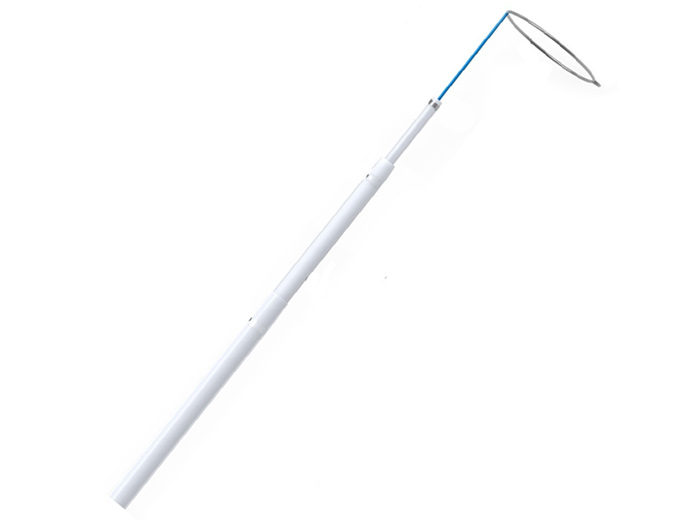the core of our corporate values
What Diseases Can Peripheral Vascular Intervention Treat? What Are the Advantages?
Intervention is an emerging discipline developed in recent years, a minimally invasive diagnosis and treatment using high-tech means. Under the guidance of modern high-end imaging equipment such as digital subtraction (DSA), it is operated and processed in the human body through special equipment such as puncture needles, catheters, guide wires, balloons, and stents. The scope of diagnosis and treatment covers various clinical disciplines such as internal medicine, surgery, gynecology, pediatrics, facial features, etc., and the diagnosis and treatment of human cardiovascular, cerebrovascular, digestive, respiratory, urinary, skeletal and other system diseases.
Ⅰ. For which diseases is peripheral vascular treatment suitable for?
1. Tumor intervention:
Types of diseases: liver cancer, lung cancer, lung metastases, kidney cancer, pancreatic cancer, esophagus cancer, gastric cancer and colon cancer, liver metastases, vertebral metastases and myeloma, liver hemangioma, adrenal tumor;
Interventional diagnosis and treatment methods: drug perfusion, embolization, and ablation.
2. Peripheral vascular intervention:
Disease categories: pulmonary arteriovenous fistula, pulmonary embolism, aortic aneurysm, aortic dissection, iliac artery, femoral artery stenosis and occlusion, superior vena cava occlusion syndrome, Budd-Chiari syndrome, inferior vena cava occlusion, renal artery stenosis, Acute peripheral (extremity) arterial occlusion, lower extremity deep vein thrombosis;
Interventional diagnosis and treatment methods: angiography, balloon dilation, stent placement, venous filter placement, and embolization.
3. Gynecological intervention:
Types of diseases: uterine fibroids, pelvic malignant tumors, adenomyosis, uterine bleeding, ectopic pregnancy, pelvic congestion syndrome, infertility (tubal recanalization);
Interventional diagnosis and treatment methods: angiography, drug perfusion, embolization.
Ⅱ. What are the advantages of peripheral vascular interventional therapy?
1. Medical treatment: medical treatment of lower extremity arteriosclerosis obliterans such as blood pressure lowering, lipid-lowering, and anti-platelet aggregation can only delay the progression of lower extremity arteriosclerosis obliterans, but cannot fundamentally eliminate the stenosis and occlusion of lower extremity arteriosclerosis obliterans.
2. Traditional surgical treatment: lower extremity arteriosclerosis obliterans surgical endarterectomy, artificial blood vessel replacement, and bypass reconstruction surgery are traumatic and risky, especially not suitable for patients with lower extremity arteriosclerosis obliterans complicated by severe cardiovascular and cerebrovascular diseases and diabetes. .
3. Interventional therapy: Endovascular interventional therapy for lower extremity arteriosclerosis obliterans has the advantages of minimally invasive, simple operation, exact curative effect, repeatable operation with few complications and significantly shortened hospital stay. This kind of interventional therapy is the development direction of diagnosis and treatment of vascular diseases, gynecology, general radiology, and tumor.
As one of the peripheral vascular device companies in China, Zylox-Tonbridge provides quality peripheral vascular products for peripheral vascular treatment. Feel free to contact us for more info at any time!










